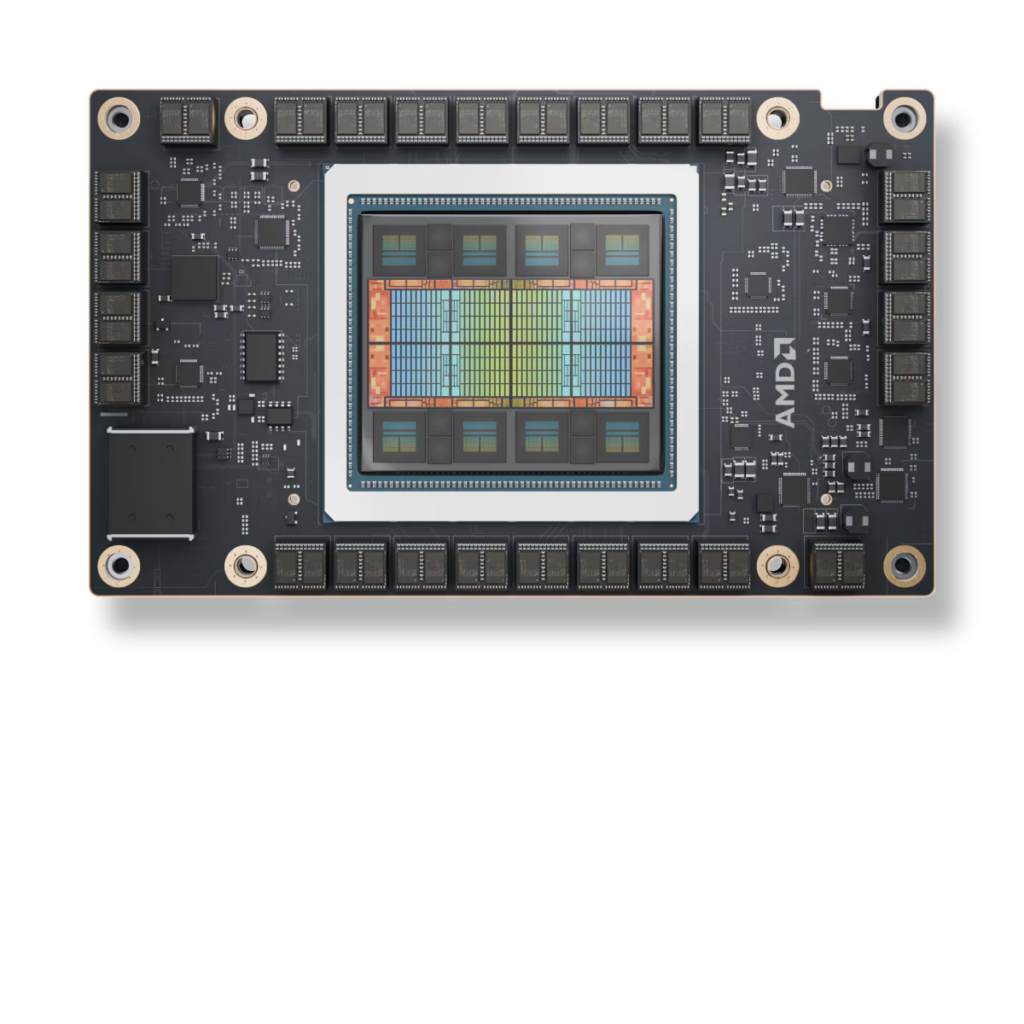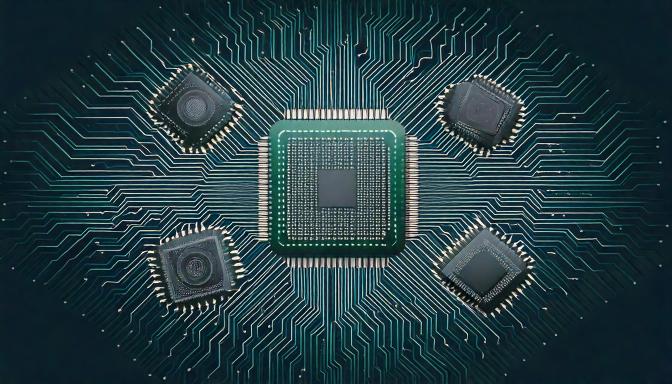In a high-stakes battle over computing dominance, AMD and Intel launched their latest chips, each designed to power advanced artificial intelligence and handle demanding desktop tasks. AMD’s MI325X accelerator and Intel’s Core Ultra 200S processors bring new levels of performance, efficiency, and architecture advancements. Both companies seek to make an impact on data centers, AI processing, and consumer desktops, with AMD focusing on AI capabilities and Intel on redefining desktop efficiency.
What’s Happening & Why This Matters
AMD’s MI325X AI Accelerator

AMD recently introduced the MI325X, an AI accelerator chip optimized for data centers and set to launch for select customers in late 2024. Built on AMD’s CDNA3 architecture and featuring 153 billion transistors, this chip uses TSMC’s 5 nm and 6 nm lithography processes. It packs 19,456 stream processors and 1,216 matrix cores, enabling it to reach up to 2.61 petaflops for eight-bit precision and 1.3 petaflops for half-precision tasks. AMD’s bold claim suggests the MI325X surpasses Nvidia’s current GPUs, aiming to position AMD as a strong contender in AI data centers.
According to AMD CEO Lisa Su, the company has a clear goal: lead in AI computing over the next decade. Microsoft and Meta are among early adopters, with Amazon possibly joining as AMD chips promise to compete against Nvidia’s dominance. AMD’s new AI focus shifts its traditional emphasis on PC chips, showing the company’s intent to capture a larger slice of the $400 billion AI market projected for 2027.
Intel’s Core Ultra 200S Processors
Intel’s newly unveiled Core Ultra 200S series brings a fresh wave of improvements to desktop computing, marking Intel’s largest upgrade in three years. These processors, set to debut on October 24, integrate a chiplet-based design using Intel’s Foveros packaging. Four specialized tiles manage CPU, GPU, NPU, and I/O operations, allowing for increased efficiency and performance in both desktop and AI tasks.

Intel’s 200S processors feature Lion Cove P-cores and Skymont E-cores, which deliver increased performance across multi-core tasks and improved energy efficiency. Intel claims a 10% boost in performance and a 30% drop in power consumption compared to earlier models, making the Core Ultra 200S processors highly adaptable for desktop users seeking speed and lower energy costs. While the graphics capability remains modest, Intel’s integration of a neural processing unit (NPU) represents an early step toward incorporating machine learning into mainstream processors.
TF Summary: What’s Next
As AMD and Intel push deeper into AI and advanced computing, the competition between them drives rapid innovation. AMD’s MI325X chip will likely accelerate adoption in data centers, while Intel’s Core Ultra 200S aims to reshape desktop computing through efficient, multi-functional processors. Both companies have laid out ambitious plans, signaling a continued rivalry with Nvidia in AI and a renewed focus on desktop performance for Intel. We can expect more advancements in AI computing, with both AMD and Intel investing further in technologies that align with evolving consumer and enterprise demands.
— Text-to-Speech (TTS) provided by gspeech


